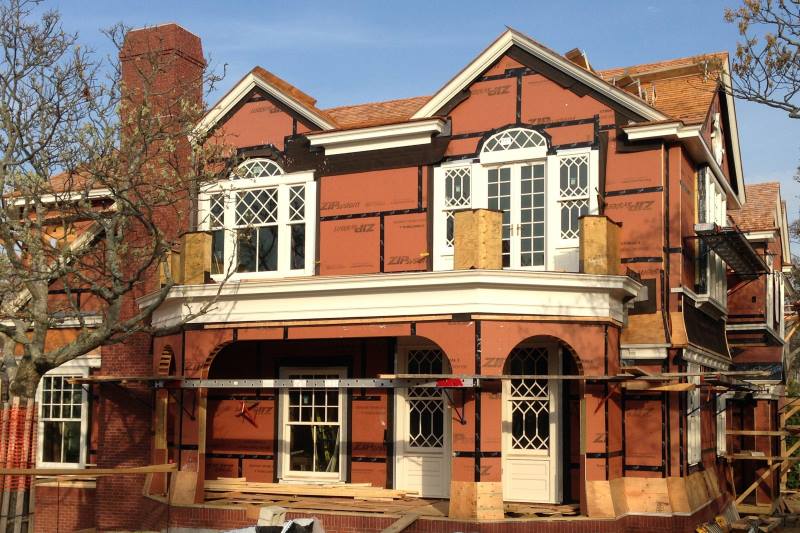In a promising turn of events for the US home market, sales of new homes rebounded robustly in March, indicating resilience in the face of prevailing challenges. The latest government data, unveiled on Tuesday, revealed a significant 8.8% surge in transactions of fresh dwellings. This marks the fastest pace since September. This uptick surpassed the expectations of economists, reflecting a broader recovery across all four regions of the country.
Supply Dynamics
One of the key drivers behind this resurgence has been the abundant inventory available in the market. Builders have stepped up their efforts to meet demand, resulting in a notable increase in the supply of new homes available for purchase. In March, the stock of fresh dwellings reached 477,000, its highest level since the housing market crisis of 2008. Among these, the number of completed homes soared to levels unseen since 2010, indicating a concerted effort to address the ongoing supply-demand imbalance.
Price Dynamics
Despite the increase in inventory, the median selling price of new homes experienced a slight decline of 1.9% compared to the previous year, dropping to $430,700 in March. This reduction in prices could potentially be attributed to various factors. These include market dynamics and the strategies adopted by builders to attract buyers in a competitive landscape.
Stability Amidst Volatility
The data also shed light on the stability that the housing market has exhibited in recent months, albeit amidst volatility. While underlying demand remains robust, prospective buyers continue to face challenges such as elevated mortgage rates and prices. These factors have constrained the market’s potential for gaining significant momentum, despite signs of stabilization.
Monetary Policy and Economic Outlook
Moreover, the persisting inflationary pressures in the economy have raised uncertainties regarding the Federal Reserve’s monetary policy stance. With inflation proving to be stubborn, questions loom over the timing and likelihood of interest rate adjustments in 2024. Lawrence Yun, Chief Economist of the National Association of Realtors, emphasized the negative effect of mortgage rates surpassing 7% on existing-home sales. He pointed out that despite this, existing-home sales have remained stagnant.
Contributing to Economic Growth
Despite these challenges, the housing sector continues to play a significant role in supporting economic growth. Residential investment is projected to add almost half a percentage point to the US GDP in the first quarter of the year. This forecast comes from projections provided by the Atlanta Federal Reserve’s GDPNow forecast. This underscores the resilience of the housing market amid broader economic uncertainties.
Looking Ahead
While new-home sales serve as a more timely indicator compared to transactions of previously-owned homes, the data remain subject to volatility. The government report emphasized a 90% confidence interval. This suggests a broad spectrum of potential fluctuations in new-home sales, ranging from an 8.4% decrease to a 26% increase according to Ny Times.
Overall, the surge in new-home sales presents a positive outlook for the US housing market, signaling its ability to withstand challenges and adapt to changing conditions. Amidst economic uncertainties, the housing sector’s resilience stands out. It offers a beacon of hope for future stability and growth.
Acquire a one-year subscription to The Wall Street Journal print edition, guaranteeing its daily delivery to either your home or office. This subscription covers 52 weeks and is active from Monday to Saturday, with morning deliveries. Additionally, enjoy unrestricted access to WSJ’s digital platform 24/7, featuring up-to-the-minute news updates, live WSJ TV broadcasts, audio articles, and extensive news archives.

